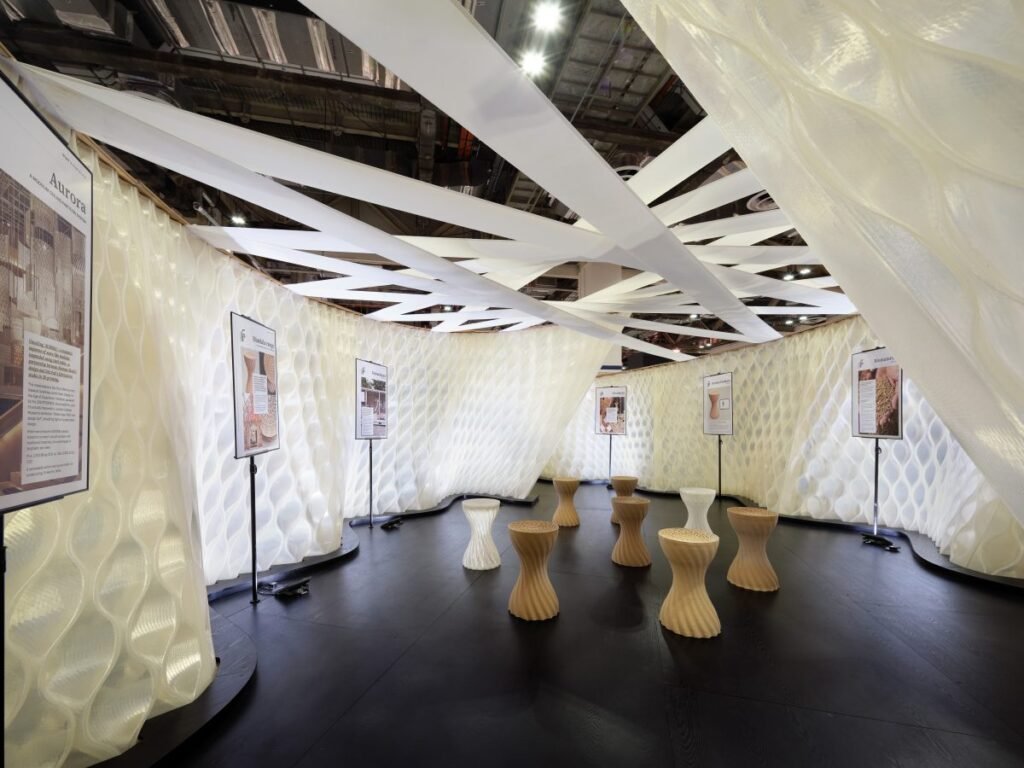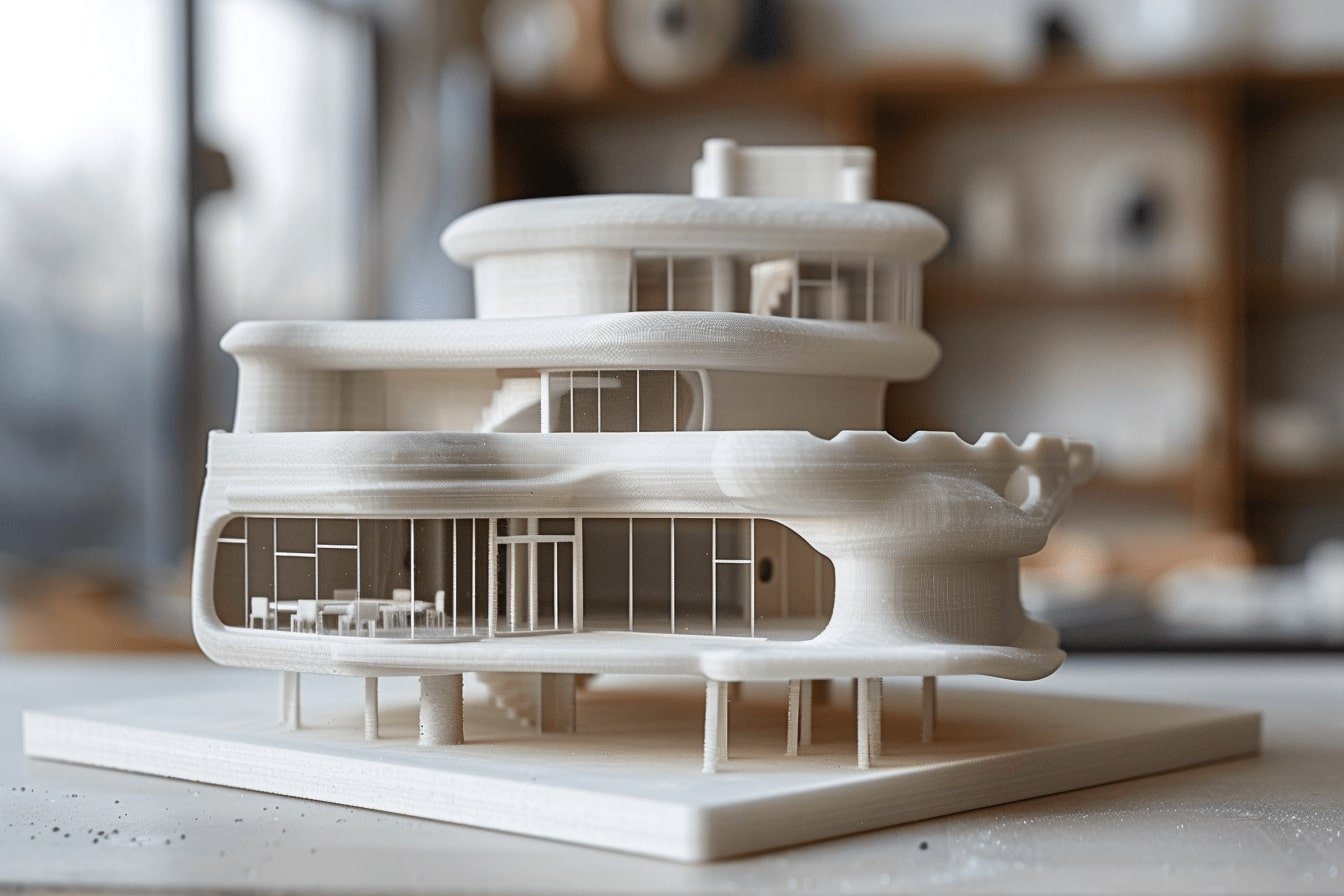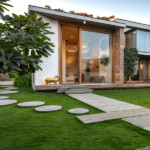Sustainable Interior Design In today’s world, the importance of sustainability in interior design cannot be overstated. As we become more aware of our environmental impact, creating stylish spaces that also prioritize eco-friendliness has become a key focus for homeowners and designers alike. Achieving a balance between aesthetics and sustainability is not only possible but can also lead to beautiful, functional spaces that promote well-being. Here’s how to achieve a stylish and sustainable interior design.
Key Principles of Sustainable Interior Design

- Choose Eco-Friendly Materials
Opt for materials that are renewable, recyclable, or sustainably sourced. For instance, bamboo flooring, reclaimed wood furniture, and low-VOC (volatile organic compounds) paints are excellent choices that minimize environmental impact while adding character to your space. - Maximize Natural Light
Designing spaces that allow for ample natural light reduces the need for artificial lighting and enhances the overall ambiance. Use large windows, skylights, and strategically placed mirrors to reflect light throughout the room. - Incorporate Energy Efficiency
Invest in energy-efficient appliances and lighting fixtures. LED bulbs consume less energy and last longer than traditional bulbs. Additionally, consider smart home technologies that optimize energy use based on occupancy and time of day. - Focus on Indoor Air Quality
Select non-toxic paints, finishes, and furnishings to improve indoor air quality. Incorporating plants can also enhance air purification while adding a touch of nature to your decor. - Design for Longevity
Choose timeless designs and durable materials that stand the test of time. Investing in quality over quantity ensures that your space remains stylish for years to come without frequent replacements. - Embrace Upcycling and Recycling
Give new life to old furniture through upcycling or repurposing items you already own. This not only reduces waste but also adds unique character to your home. - Create Multi-Functional Spaces
Design rooms that serve multiple purposes to maximize space efficiency. For example, a guest room can double as a home office with the right furniture choices. - Use Local Resources
Sourcing materials and furnishings locally reduces transportation emissions and supports local economies. Look for artisans or shops in your area that offer sustainable products. - Implement Water Conservation Measures
Choose water-saving fixtures such as low-flow faucets and dual-flush toilets to reduce water consumption without sacrificing performance. - Stay Informed About Trends
Keep up with the latest trends in sustainable design by following industry news, attending workshops, or joining professional organizations focused on eco-friendly practices.
Choosing Sustainable Materials in Interior Design
Sustainable interior design is more than just a trend; it represents a conscious effort to create spaces that are environmentally friendly, healthy, and aesthetically pleasing. One of the most crucial aspects of sustainable design is the selection of materials. Choosing the right materials can significantly reduce your environmental impact while enhancing the beauty and functionality of your space.
Also Read : Guide Modern Office Space Planning: Transforming Small Spaces Into Big Planning
Conclusion
Achieving a stylish and sustainable interior design is not only beneficial for the environment but also enhances the quality of life for those who inhabit these spaces. By prioritizing eco-friendly materials, energy efficiency, and thoughtful design choices, you can create beautiful environments that reflect your values while promoting health and well-being. Embrace sustainability as an integral part of your design philosophy for a brighter future.
FAQs
1. What is sustainable interior design?
Sustainable interior design focuses on creating spaces that are environmentally friendly through the use of eco-friendly materials, energy-efficient practices, and designs that promote health and well-being.
2. How can I make my home more sustainable?
You can make your home more sustainable by choosing eco-friendly materials, maximizing natural light, incorporating energy-efficient appliances, and selecting non-toxic finishes.
3. Is sustainable interior design expensive?
While some sustainable materials may have a higher upfront cost, they often lead to long-term savings through energy efficiency and durability.
4. Can I achieve a stylish look with sustainable design?
Absolutely! Sustainable design can be both stylish and functional by incorporating aesthetically pleasing eco-friendly materials and timeless designs.
5. What are some examples of eco-friendly materials?
Examples include bamboo, reclaimed wood, recycled metal or glass, natural stone, organic cotton fabrics, and low-VOC paints.





